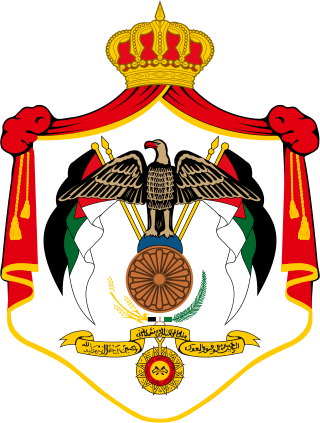
Tajikistan, officially the Republic of Tajikistan, is a landlocked country in Central Asia. Dushanbe is the capital and most populous city. Tajikistan is bordered by Afghanistan to the south, Uzbekistan to the west, Kyrgyzstan to the north, and China to the east. It is separated from Pakistan by Afghanistan's Wakhan Corridor. It has a population of approximately 10.6 million people.
The politics of Tajikistan nominally takes place in a framework of a presidential republic, whereby the President is both head of state and head of government, and of a multi-party system. Legislative power is vested in both the executive branch and the two chambers of parliament.
Federal elections were held in Switzerland on 25 October 1931. Although the Social Democratic Party received the most votes, the Free Democratic Party remained the largest party in the National Council, winning 52 of the 187 seats.
Federal elections were held in Switzerland on 23 October 1983. The Free Democratic Party emerged as the largest party in the National Council, winning 54 of the 200 seats. It was the first time the Social Democratic Party had not received the most votes in a federal election since 1925.
Federal elections were held in Switzerland on 25 October 1959. The Social Democratic Party and the Free Democratic Party emerged as the largest parties in the National Council, each winning 51 of the 196 seats.
Federal elections were held in Switzerland on 30 October 1955. The Social Democratic Party emerged as the largest party in the National Council, winning 53 of the 196 seats.

Presidential elections were held in Tajikistan on 6 November 1999. They were won by the incumbent, Emomali Rahmonov, who received 98% of the vote. The opposition, who had demanded the elections be postponed, and planned to boycott them, described the result as illegal. Foreign observers were also critical of the elections, particularly regarding the issues of candidate registration, media access and voting irregularities, including multiple voting.

General elections were held in Jordan on 29 August 1951. As political parties were banned at the time, all candidates ran as independents, although some affiliated with the Jordanian Communist Party, the Ba'ath Party the Arab Constitutional Party and the Umma Party all won seats.

A constitutional referendum was held in Tajikistan on 6 November 1994. The new constitution was approved by 96% of voters.

A constitutional referendum was held in Tajikistan on 26 September 1999. The changes included legalising religious political parties, introducing a bicameral parliament, and lengthening the president's term from five to seven years. They were approved by 75% of voters, with a turnout of 93%.

Presidential elections were held for the first time in Tajikistan on 24 November 1991. The result was a victory for Rahmon Nabiyev of the Communist Party of Tajikistan, who received 60% of the vote. Voter turnout was 86.5%.

Presidential elections were held in Tajikistan on 6 November 1994. Emomali Rahmonov, who had been de facto president since 1992, ran for the revived post with the support of the Communist Party of Tajikistan and won with 1,434,437 votes. Voter turnout was 95%.

Supreme Soviet elections were held in the Tajik SSR on 25 February 1990. The Communist Party of Tajikistan was the only legal political party at the time, with only independent candidates contesting seats. The CPT won 96% of the 230 seats in the Supreme Soviet.

Parliamentary elections were held in Tajikistan on 26 February 1995, with a second round in 20 of the 181 constituencies on 12 March. A total of 354 candidates ran for the 181 seats, although 40% were won uncontested. The Communist Party of Tajikistan remained the largest party, although independents won the majority of seats. Voter turnout was 84%.
Dieter Nohlen is a German academic and political scientist. He currently holds the position of Emeritus Professor of Political Science in the Faculty of Economic and Social Sciences of the University of Heidelberg. An expert on electoral systems and political development, he has published several books.

General elections were held in Portugal on 28 April 1918, following a coup by Sidónio Pais in December 1917. The elections were boycotted by the Democratic Party, the Evolutionist Party and the Republican Union, who had won over 90% of the seats in the 1915 elections.
Federal elections were held in Switzerland on 29 October 1922. The Free Democratic Party remained the largest party in the National Council, winning 60 of the 198 seats.
Federal elections were held in Switzerland on 27 October 1935. The Social Democratic Party emerged as the largest party in the National Council, winning 50 of the 187 seats.
Federal elections were held in Switzerland on 29 October 1939. The Free Democratic Party emerged as the largest party in the National Council, winning 49 of the 187 seats. Due to the outbreak of World War II, there were no elections in nine of the 25 cantons; Appenzell Ausserrhoden, Lucerne, Neuchâtel, Schwyz, Solothurn, Ticino, Valais, Vaud and Zug. In what became known as "silent elections", a total of 55 candidates were elected unopposed.

Folketing elections were held in Denmark on 14 June 1861. Carl Christian Hall remained Prime Minister following the elections.







